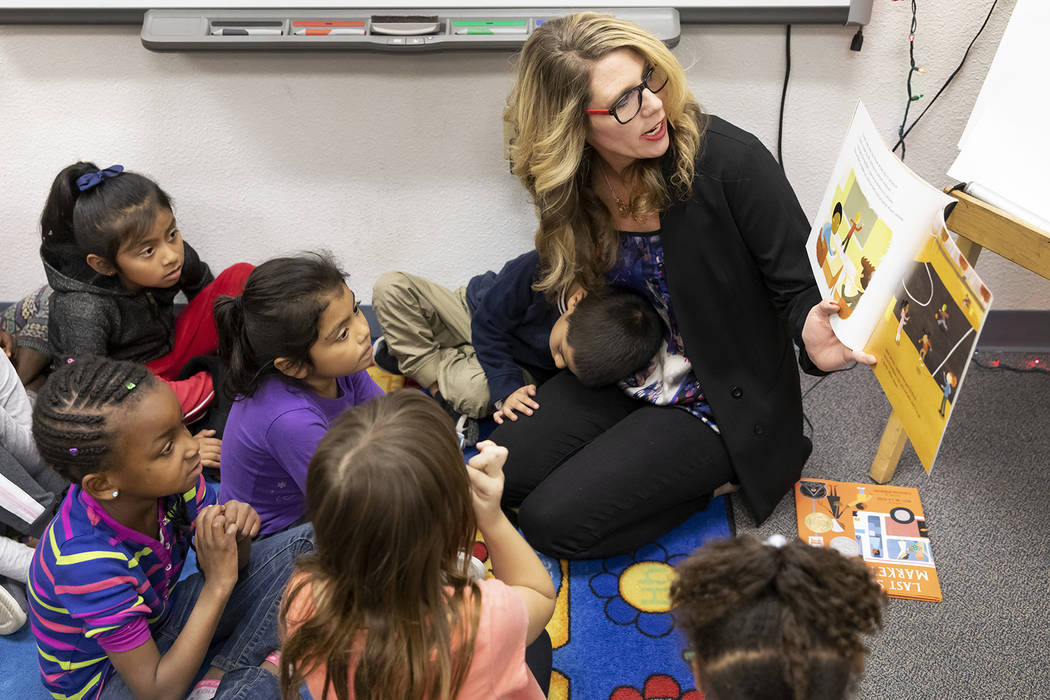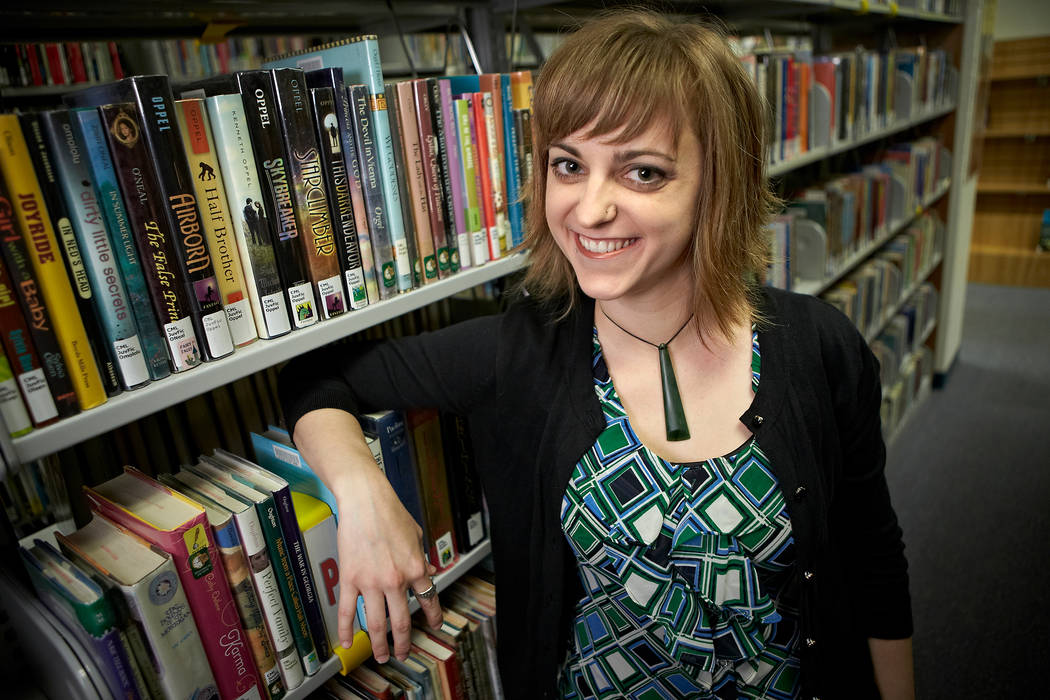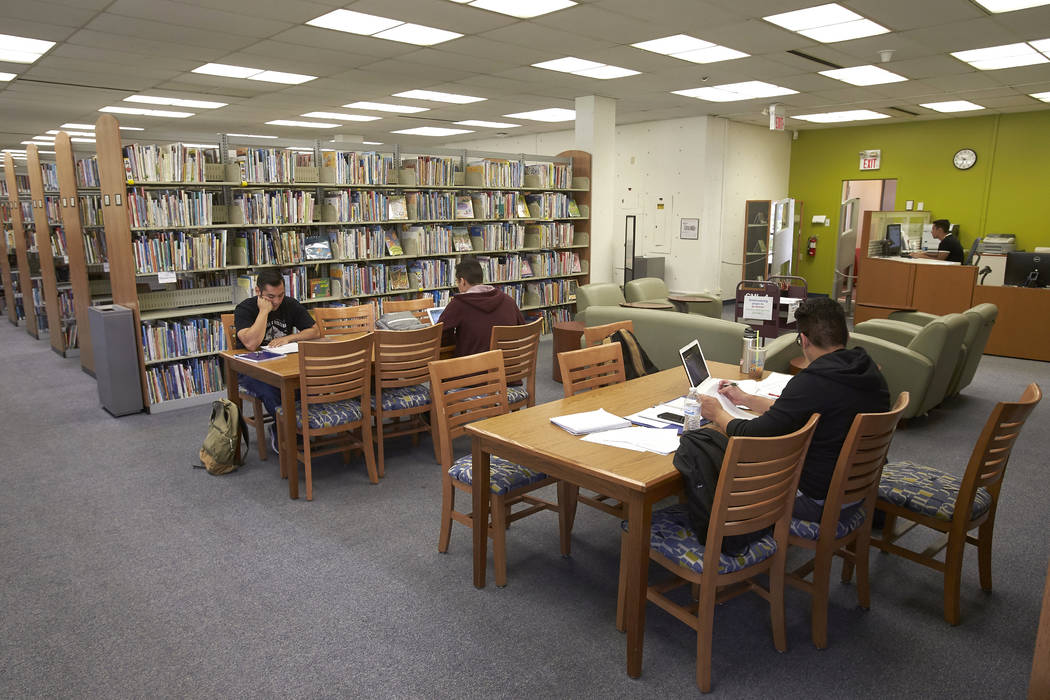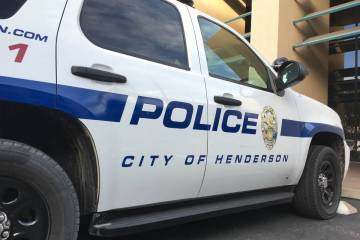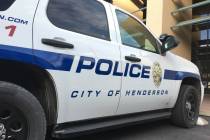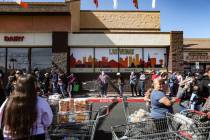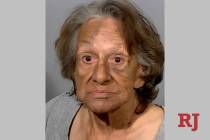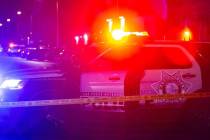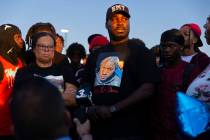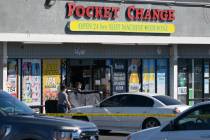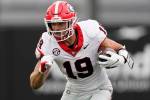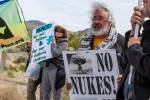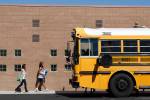UNLV faculty: Diverse student body needs diverse literature
Sophie Ladd used a book about love and loss to help her undergraduate UNLV students open up about their feelings after the Route 91 Harvest festival shooting. She read “The Heart and The Bottle,” by Oliver Jeffers.
The book helped the class talk about “the fear that comes when you no longer feel safe or protected in your home,” Ladd said.
As an assistant professor in residence specializing in early literacy education and the inclusion of diverse literature in the classroom at UNLV, Ladd aims to teach future educators to use books with diverse characters, written by authors with a diverse range of ethnic, social, cultural and sexual backgrounds, to give young readers the chance to see themselves in the literature.
Ladd knew she wanted to become a teacher after witnessing her twin sister’s struggle as a reader and the lack of assistance her teachers could provide her.
“If (readers) can see themselves in the literature then they are going to want to read more,” Ladd said.
Before becoming an assistant professor, Ladd taught in primary school classrooms in Clark County for seven years and was a Clark County School District librarian.
Amanda Melilli, head of the Teacher Development & Resources Library at UNLV, said she provides resources, books and other materials for teachers to use. She said the push for teaching diverse literature started with a movement and organization called We Need Diverse Books. The nonprofit was founded in 2014 and based in Maryland; it provides grants, internships, awards and resources for minority authors.
Melilli said books by Native American writers and about individuals with disabilities should be more widely available.
“I am a firm believer that books can not only change lives but save lives,” Melilli said. “And I think for our young people out there [who are] struggling to make sense of the world and themselves, books, fiction, nonfiction, graphic novels, all these different formats gives them an opportunity to express themselves and understand the world around them.”
She added that students’ numerous identities should be reflected in the literature in schools.
The most recent data from CCSD show 46.4 percent of students are Hispanic or Latino, 24.5 percent are white, 14.1 percent are black, 6.6 percent are multiracial, 6.4 percent are Asian, 1.6 percent are Hawaiian or Pacific Islander, and 1.4 percent are Native American.
“There are so many different identities of students that should be reflected in literature,” Melilli said.
“With books and dialogue we are able to recognize things we don’t experience and are then able to talk about issues of social justice and human rights,” Ladd said.
Contact Rachel Spacek at 702-387-2921 or rspacek@reviewjournal.com. Follow @RachelSpacek on Twitter.
Recommended reading
Sophie Ladd, UNLV assistant professor of teaching and learning, suggests the following books to teachers seeking to have more viewpoints reflected in their classroom literature.
"Maybe Something Beautiful: How Art Transformed a Neighborhood," by F. Isabel Campoy, Theresa Howell and Rafael López. It is based on a true story about the Urban Art Trail in San Diego.
"Not Quite Narwhal," by Jessie Sima. It's about a young unicorn who was raised in the ocean by a family of narwhals. The unicorn, Kelp, one day discovers he isn't a narwhal and is faced with a decision about where he belongs.
"Those Shoes," by Maribeth Boelts and Noah Z. Jones. It's about a boy who desperately wants a pair of shoes that everyone at school seems to be wearing. On his journey to find the shoes, he realizes there are more important things in life.



